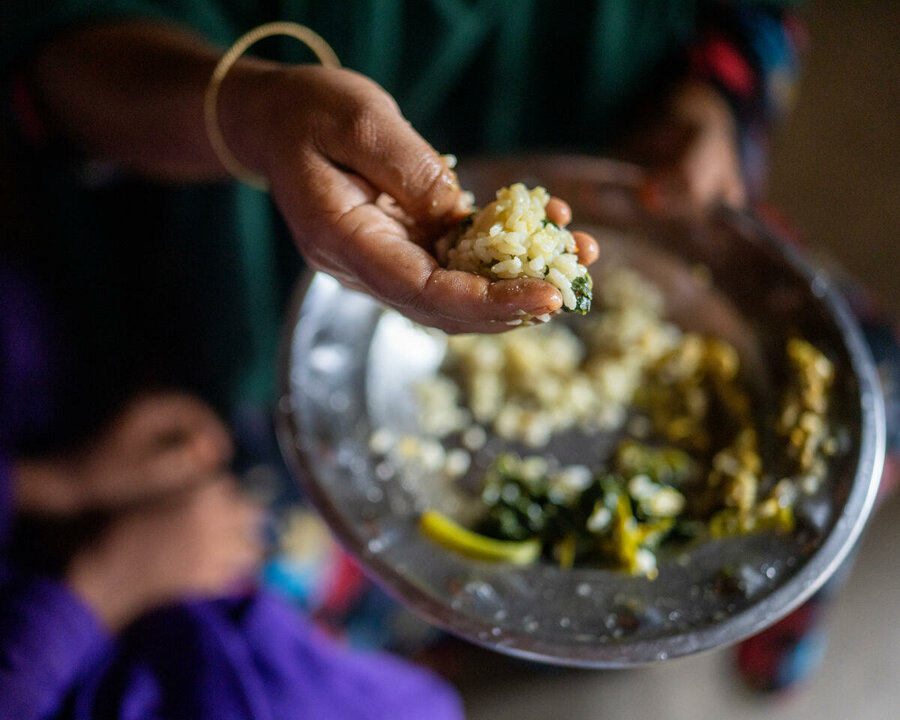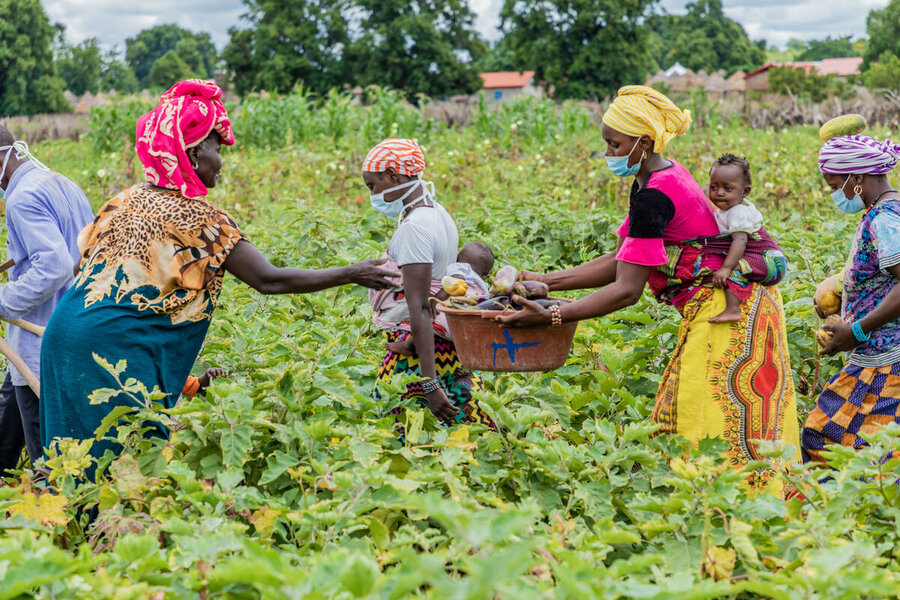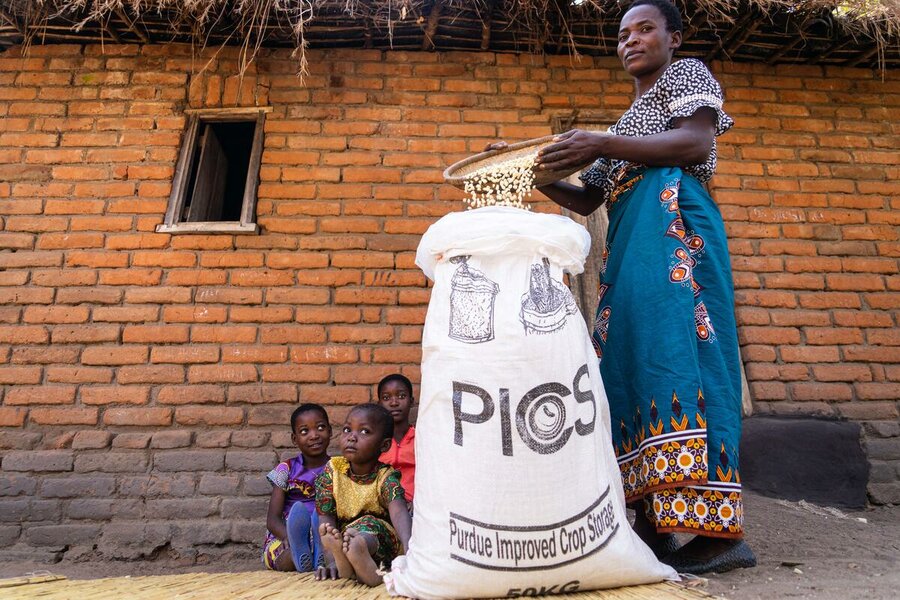11 facts about food loss and waste – and how it links to sustainable food systems
[updated July 2024]
Sustainable food systems – the networks needed to produce and transform food and ensure it reaches consumers in peak quality and quantity – are critical to food security and nutrition, as well as to adapting to the effects of the climate crisis and reducing our impact on the planet. Food loss and waste can damage the sustainability of these food systems and therefore risk increasing food insecurity. In blunt terms, food waste in developed countries contributes directly to climate emergencies that leave millions of people facing hunger. That’s why halving food waste by 2030 is a target under the Sustainable Development Goals. Here are 11 facts about food loss and waste:

1. Food waste generally refers to produce thrown away by the consumer, whereas food loss usually happens at the production, post-harvest and processing stages of the food chain.
2. Around one fifth of food produced for human consumption is either lost or wasted, amounting to a financial loss of about US$1 trillion annually.
3. Food loss and waste are prevalent in a world where enough food is produced to feed the world’s 7 billion people, yet 309 million people in 72 countries face acute food insecurity.
4. Twenty-eight percent of the world’s arable land produces food that is wasted, rather than being used to feed those most in need.

5. The precious water used to produce food that is wasted could fill Lake Geneva three times. Imagine if that amount was redirected into efficient agriculture.
6. Food wasted in the developed world goes into landfills that produce greenhouse gases. In fact, food loss and waste accounts forup to 10 per cent of global greenhouse gas emissions – almost five times the total emissions compared to the aviation sector.

7. These gases are a major contributing factor to the climate crisis, affecting water supplies, accelerating desertification and drought, and worsening the unpredictability and severity of weather events. All of this damages agriculture – and therefore increases hunger – in much of the world.
8. A recent report by WWF-UK shows that, contrary to the belief that farm-stage food losses are particularly acute in lower-income regions, 58 percent of global farm-stage food waste actually occurs in middle- and high-income regions.
9. There are myriad ways to address food loss and waste. Innovative thinking can transform production, processing, storage, distribution and use of produce. For example, in sub-Saharan Africa, WFP has assisted governments in their efforts to reduce losses through education and promoting post-production technologies. These include low-cost drying, moisture meters and hermetic bags which allow farmers to mitigate grain losses. In India, WFP staff devised GrainATM, which dispenses the exact amount of grain each farmer requires and thereby reduces waste.

10. WFP’s Supply Chain unit works to ensure effective packaging to protect food from mechanical damage while it's being loaded, offloaded, transported on bumpy roads or dropped from a plane. This can also preserve its quality in difficult conditions, from extreme temperatures to excess dust and general pollution.
11. Consumers’ direct action to reduce their own waste can include buying only what you need and can use, checking ‘use by’ rather than ‘best before’ dates, planning for the week ahead and thinking what to do with leftovers, as well as using your spare time to batch-cook and freeze meals.
Get involved: Reducing your own food waste can contribute to stronger food systems by reducing gas emissions, while also helping to fight hunger by turning the money you save into lifesaving food for those who need it most, through WFP. Learn more at wfp.org/foodwaste.
